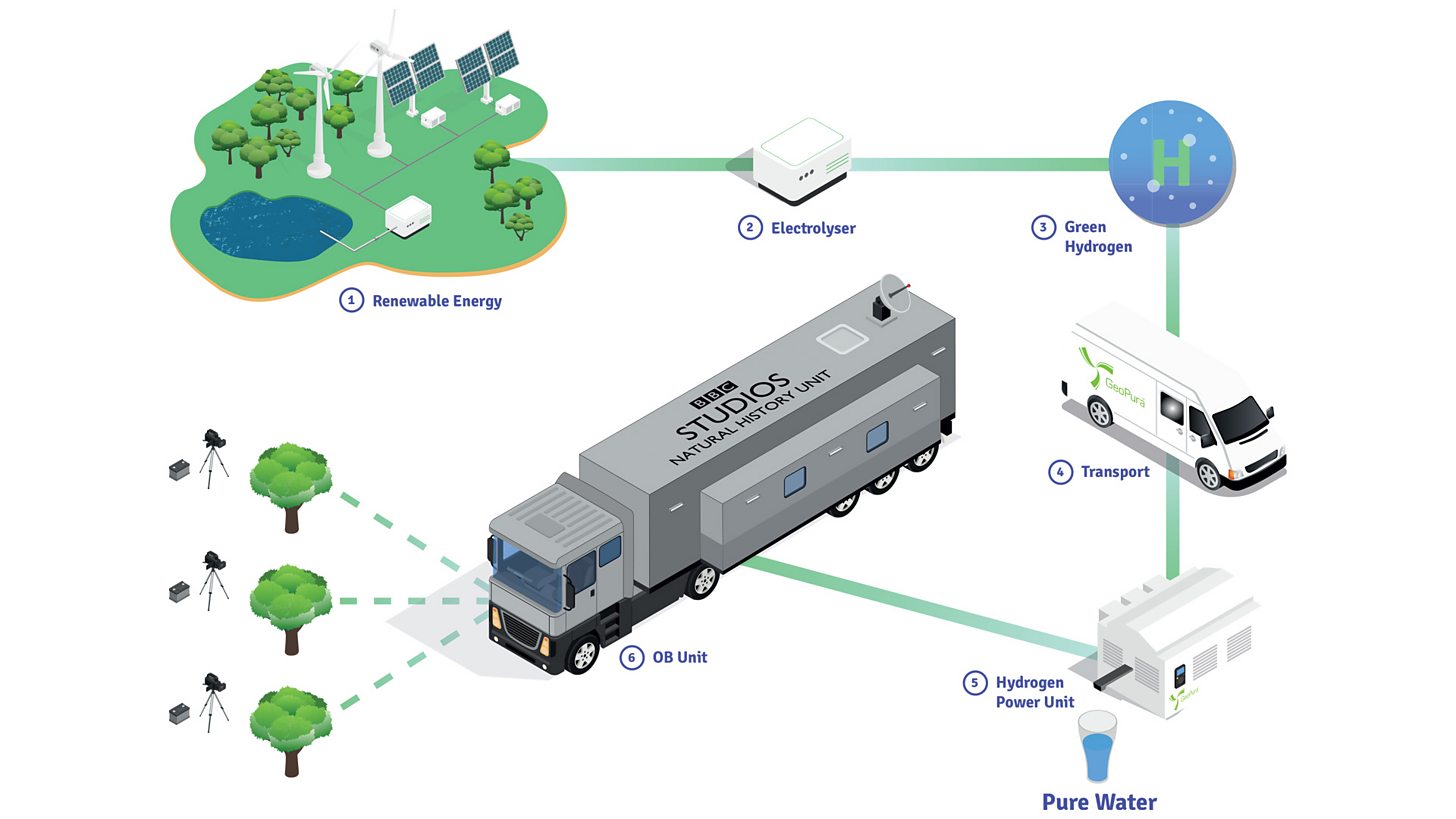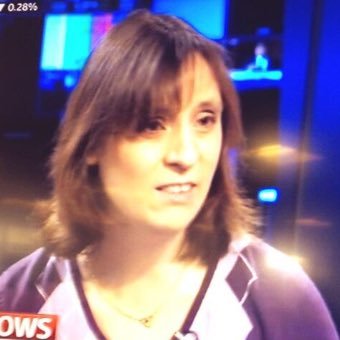BBC’s 'Winterwatch' Is World’s First Large Scale OB Solely Powered by Green Hydrogen
According to the BBC, using green hydrogen instead of diesel twinset generators at all sites during one live episode of Winterwatch avoided 3.6 tons of carbon emissions

LONDON—The BBC’s "Winterwatch" has has become the first outside broadcast to be powered entirely by green hydrogen fuel and energy saving batteries.
The generator is located at the show’s OB hub in Bristol, and uses hydrogen gas made by splitting water into hydrogen and oxygen that is generated by solar and wind power. The production team have employed batteries powered by intelligent hybrid generator systems, which use spare energy to charge batteries, significantly minimizing the use of diesel fuel and CO2 emissions.
According to the BBC, using green hydrogen instead of diesel twinset generators at all sites during one live episode of "Winterwatch" avoided 3.6 tons of carbon emissions.
The hydrogen generator will remain at BBC Bristol’s outside broadcasting hub for the duration of the "Winterwatch" series. The production team plan to use the green hydrogen for future series.
Julian Hector, head of BBC Studios Natural History Unit, said: “Everyone at 'Winterwatch' and the BBC Studios Natural History Unit is punching the air at the prospect of finding a way to make our productions more sustainable. This is a superb development for us and the environment, and exactly the kind of thing we want to do more of.”
Get the TV Tech Newsletter
The professional video industry's #1 source for news, trends and product and tech information. Sign up below.
Jenny has worked in the media throughout her career, joining TVBEurope as editor in 2017. She has also been an entertainment reporter, interviewing everyone from Kylie Minogue to Tom Hanks; as well as spending a number of years working in radio. She continues to appear on radio every week and occasionally pops up on TV.

